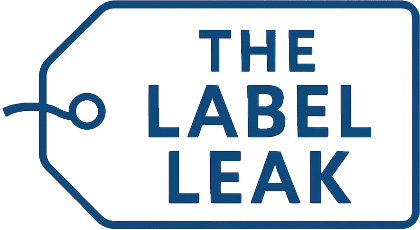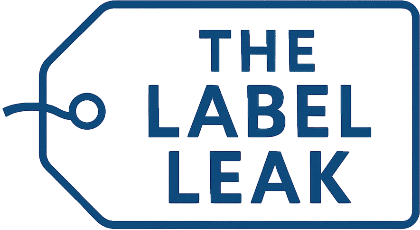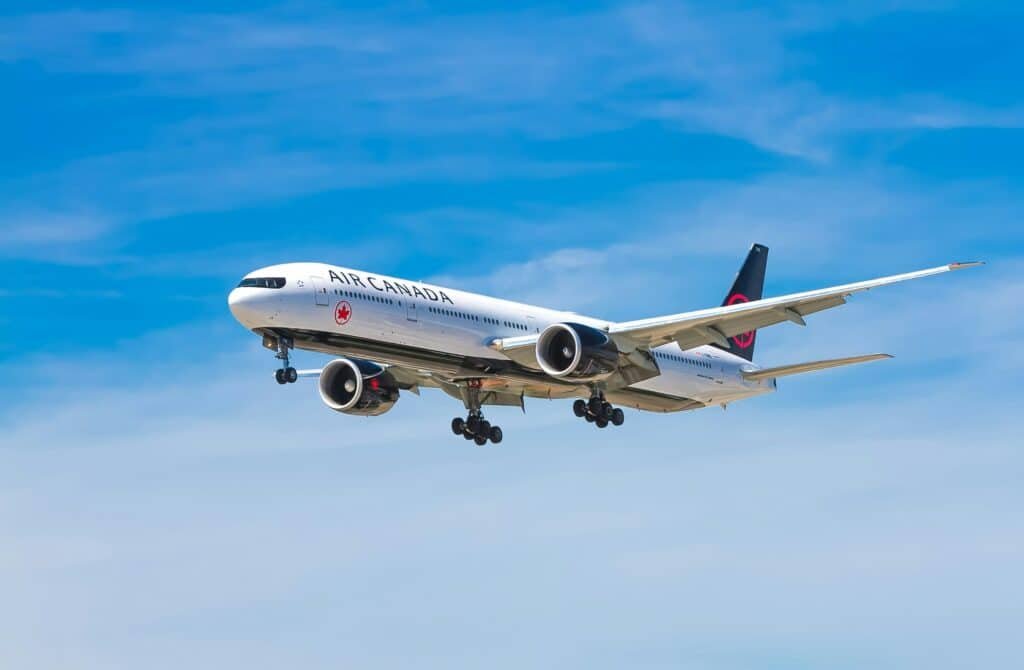For millions of travelers each year, in-flight meals are part of the travel experience, whether a full tray service on a long-haul international flight or a pre-packaged snack box on a shorter domestic route. But when food is prepared, stored, and served thousands of feet in the air, unique safety concerns emerge. Airline food safety is regulated, but given the logistical complexity and the potential for lapses in temperature control, contamination, or hygiene, it’s worth exploring how safe the meals really are and what passengers should be aware of.
How Airline Food Is Prepared
Most airline meals are not prepared on the aircraft itself. Instead, they are made in large-scale catering facilities located near airports, often operated by third-party companies. These industrial kitchens prepare thousands of meals per day for multiple airlines. Meals are typically cooked and chilled well before takeoff, sometimes up to 72 hours in advance, and then stored in refrigerated conditions until loaded onto aircraft.
These meals must adhere to strict food safety protocols to avoid the growth of bacteria such as Salmonella, Listeria, or E. coli, which can be especially risky if temperature control fails. Chilling, reheating, and serving logistics all present potential risks, especially during hot weather or when there are delays on the tarmac.
Who Regulates Airline Food Safety?
In the United States, the Food and Drug Administration (FDA) is responsible for inspecting airline food production facilities under the authority of the Public Health Service Act. The Federal Aviation Administration (FAA) also has a role in regulating certain onboard operations, particularly in emergency situations.
Despite the oversight, the system has gaps. FDA inspections have revealed significant sanitation issues in some catering facilities in recent years. A 2010 report from the U.S. Government Accountability Office (GAO) noted problems like cockroach infestations, inadequate refrigeration, and employees failing to wash hands properly in some kitchens supplying airlines. While regulations exist, consistent enforcement remains a challenge due to the high volume of production and the global nature of airline operations.
The Risk of Illness from Airline Meals
While foodborne illness on flights is relatively rare, it has occurred. In some cases, dozens of passengers have fallen ill from contaminated food served onboard. For instance, a 2023 norovirus outbreak was linked to poorly sanitized kitchen equipment used by a European caterer, affecting passengers on two transatlantic flights. Similarly, Listeria contamination has previously been found in smoked salmon served in first-class meals.
One of the main risks lies in temperature abuse, when food is not kept at the correct temperatures between cooking, storage, transport, and reheating. This can allow harmful bacteria to multiply. Furthermore, reheating standards on aircraft are not always ideal. Aircraft ovens are often used just to warm food, not necessarily to heat it to temperatures that kill all pathogens.
Special Dietary Meals: Higher Risk?
Passengers with dietary restrictions, such as gluten-free, vegan, or kosher meals, might assume they’re getting specially prepared food. And while these meals are typically made in separate lines to reduce cross-contamination, mistakes do happen. Limited staff training, mislabeling, or supply chain issues can result in allergen exposures or incorrect ingredients.
People with food allergies or weakened immune systems should be particularly cautious with airline meals and may consider bringing their own snacks or meals when possible, especially on shorter flights.
What You Can Do as a Passenger
While passengers have little control over how airline meals are prepared, there are ways to reduce risk:
- Eat hot foods hot: Ensure that any hot meal served is steaming. Lukewarm food may indicate poor reheating, which could allow bacterial growth.
- Avoid high-risk items: Foods such as deli meats, unpasteurized cheeses, or seafood are more likely to carry Listeria or Salmonella if not handled properly.
- Ask questions: If you have dietary restrictions, ask the flight attendant to confirm that your meal meets your needs. Bring backup snacks if necessary.
- Pack shelf-stable food: For short flights or for those with sensitive stomachs or allergies, it may be safer to pack non-perishable snacks like nut butter packets, dried fruit, or granola bars.
Industry Improvements and Innovations
Airlines are under pressure to improve not just taste and presentation but also safety. Some airlines have begun investing in better food tracking technologies that monitor temperature from kitchen to aircraft. Others are redesigning menus to feature more heat-stable or low-risk ingredients.
Additionally, many carriers are training crew members more thoroughly on food handling procedures. Airline caterers are also exploring “cook-chill” methods that allow food to be prepared, vacuum-sealed, and cooled rapidly, minimizing bacterial growth.
Final Note
Airline food safety is a complex issue involving international logistics, industrial-scale food preparation, and in-flight service limitations. While regulations do exist and large-scale illness outbreaks are rare, travelers should remain informed and cautious. By understanding how food is handled before it reaches your tray table, and taking a few safety precautions of your own, you can help protect yourself from foodborne illness at 35,000 feet.


